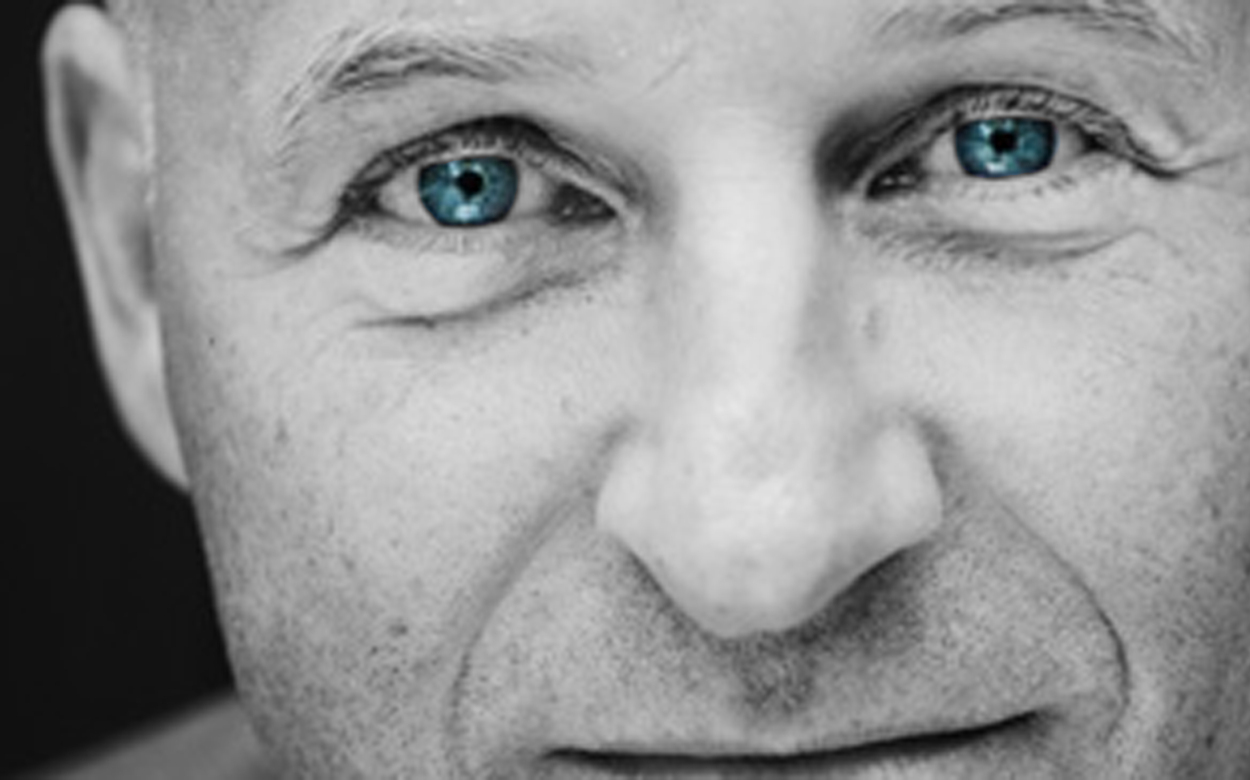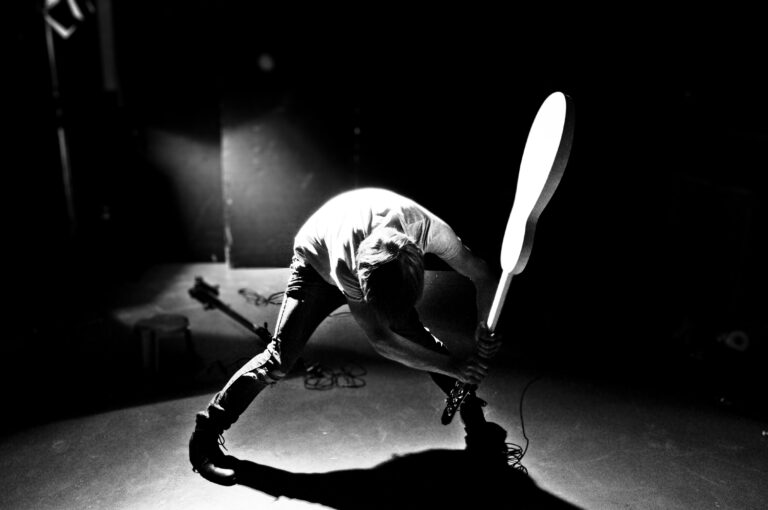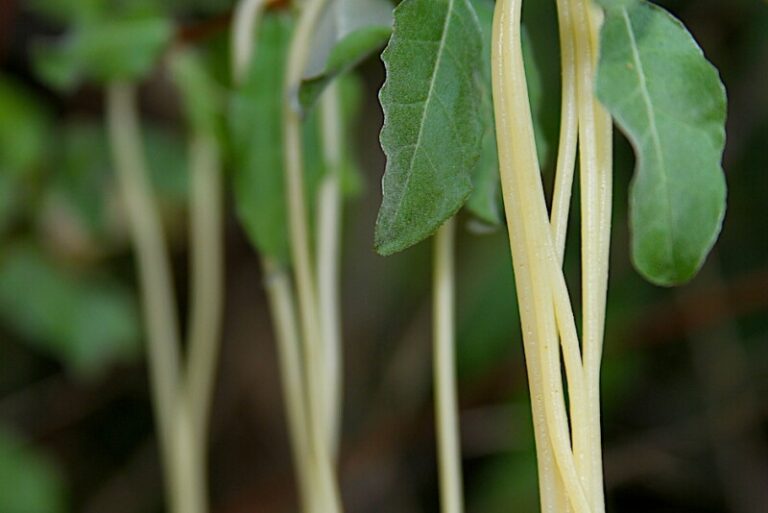The theme felt obvious when we arranged ‘The Annual Juhlin Tasting’ for the seventh year in a row. Perhaps not the most glamorous theme, but probably the most important as about 80% of all champagnes are found in this category. Non-Vintage champagnes are the companies’ flagship and the wine you spend by far the most time designing. Hundreds of still base wines from the latest harvest are tasted every week at the very largest companies, which are to be mixed with almost as many reserve wines from previous vintages. A gigantic mission performed by extremely skilled professionals and more and more equally talented professionals in science fiction-like environments.

PROLOG
The very origin of the idea of vintage wines stems from the fact that in the past it was very common with small harvests of damaged or unripe grapes due to the haphazard and cool climate. Today, climate change is helping to reduce the number of bad vintages. This, in combination with better technology and equipment, of course means that the lowest level has been raised significantly. However, there is a downside to this positive development. The wines, in all their modern benevolence, have become rather characterless and uniform.
THE 80s
When I was invited to our Swedish wine monopoly in the late 80’s for a blind tasting of the 16 standard cuvées that were then on the market, I managed to dot them all. Nowadays, this feat would be impossible to repeat even though I am a much better tester today.
The wines from Moët, Clicquot, Ruinart, Laurent-Perrier, Taittinger, Mumm, Pol Roger, Pommery, etc., have not been as good as they are now since the golden decade of the 60s. At the same time, they are almost impossible to distinguish from each other. In fact, it has gone so far that in some cases it is easier to find the base vintage than the house style. I therefore seriously ask the question whether vintage standard champagnes are an outdated concept? With today’s technology, would it not be possible to make volume wines with the house style intact from an individual vintage as in other wine districts?
Subscribe for 5.9€ a month for full access to the Tasting Library, exclusive articles, videos events and more





